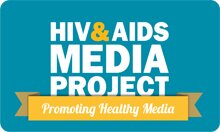Treating Tuberculosis
TB is a curable disease but treatment must be taken properly for it to be effective. Treatment lasts for 6, 9 or 12 months and can extend for up to two years depending on the severity of the TB. Like HIV treatment, TB treatment is divided into multiple lines or regimens.
TB is a notifiable disease and because of this the disease should only be treated in public sector facilities, where treatment is provided for free.
First line TB therapy
There are two phases in the first line of TB treatment.
Initiation phase
The standard government treatment regimen involves taking isoniazid, rifampicin, pyrazinamide and ethambutol for two months. If the patinet does not show improvement this phase of treatment is continued until the TB is under control.
Continuation phase
After the initiation phase if the patient shows improvement they will move onto taking isoniazid and rifampicin, until their healthcare worker determines that the TB is cured and instructs the patient to stop taking the treatment.
Second line TB therapy
Second line treatment for TB is prescribed when TB becomes resistant to the drugs in the first line. This usually due to patients who can't or don't take their treatment properly. This is also the main treason behind realtively new cases of drug resistant TB like MDR (multi-drug resistant) and XDR (extensively drug resistant) TB. These types of TB need aggressive treatment.
Page last updated: 17 October 2011






